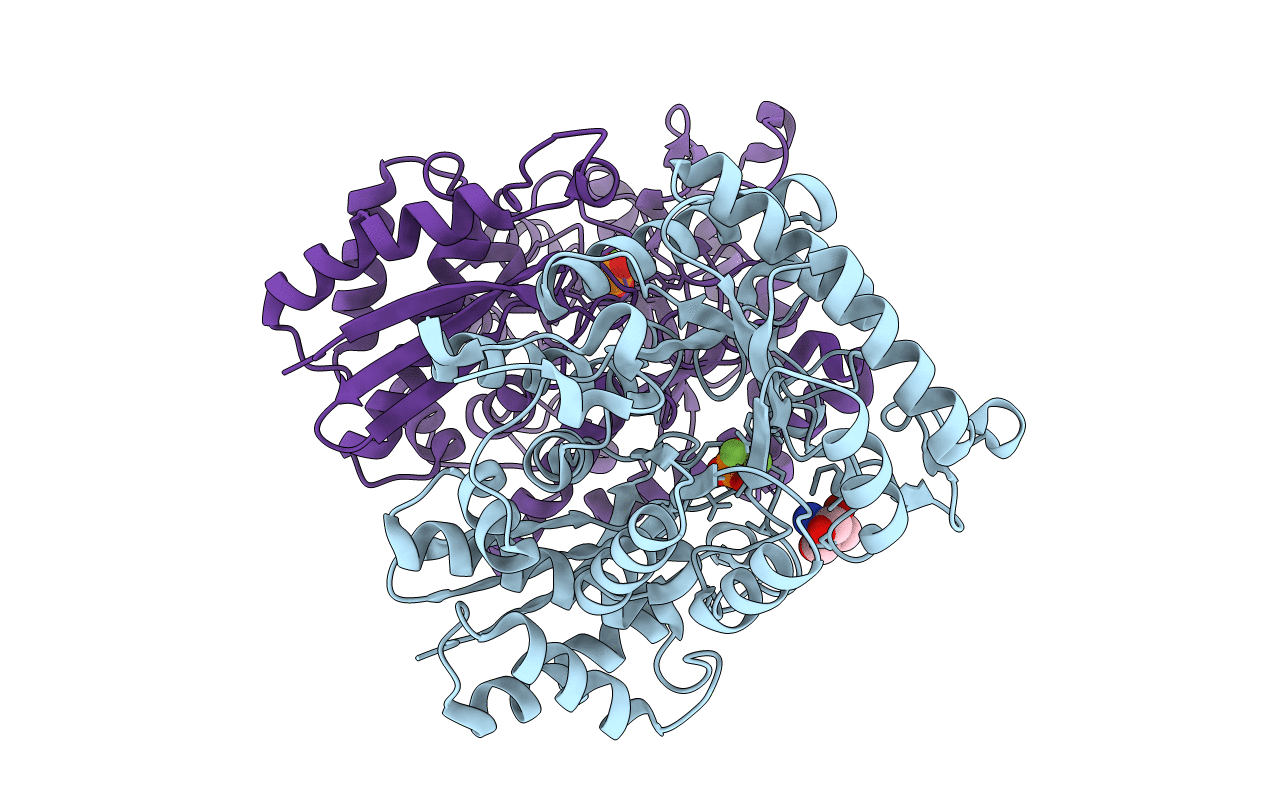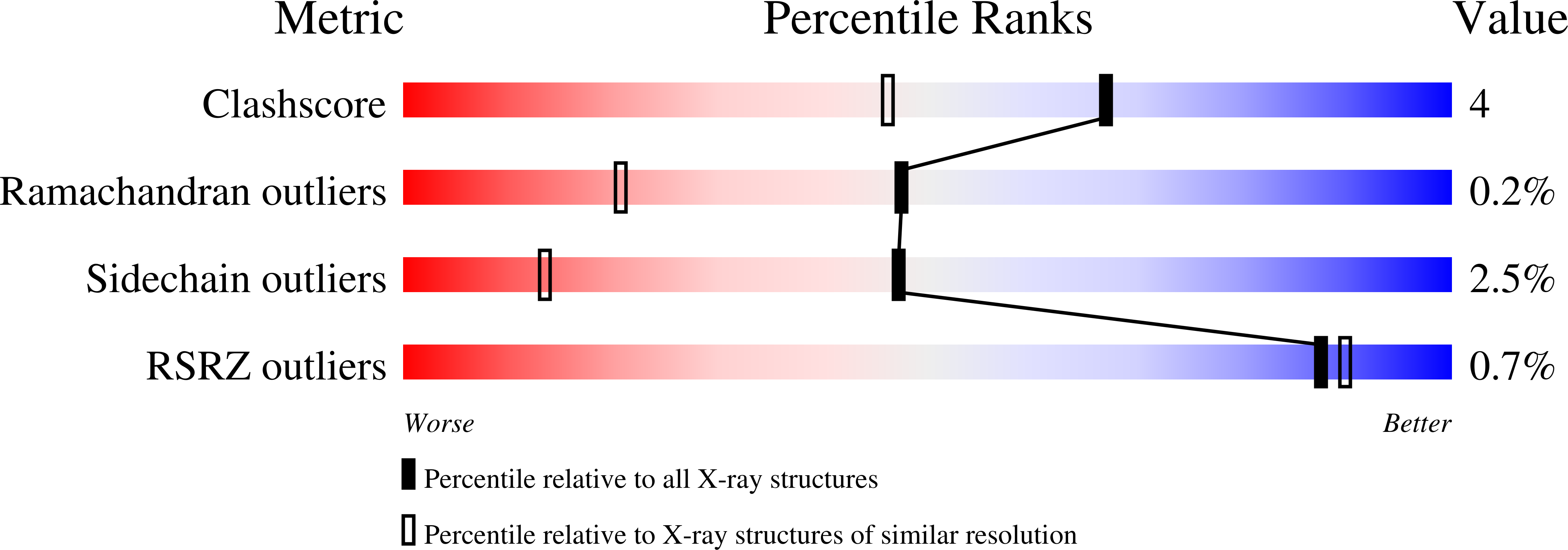
Deposition Date
2005-08-04
Release Date
2006-03-21
Last Version Date
2024-02-14
Entry Detail
PDB ID:
2AKZ
Keywords:
Title:
Fluoride Inhibition of Enolase: Crystal Structure of the Inhibitory Complex
Biological Source:
Source Organism:
Homo sapiens (Taxon ID: 9606)
Host Organism:
Method Details:
Experimental Method:
Resolution:
1.36 Å
R-Value Free:
0.14
R-Value Work:
0.10
R-Value Observed:
0.11
Space Group:
P 21 21 2


